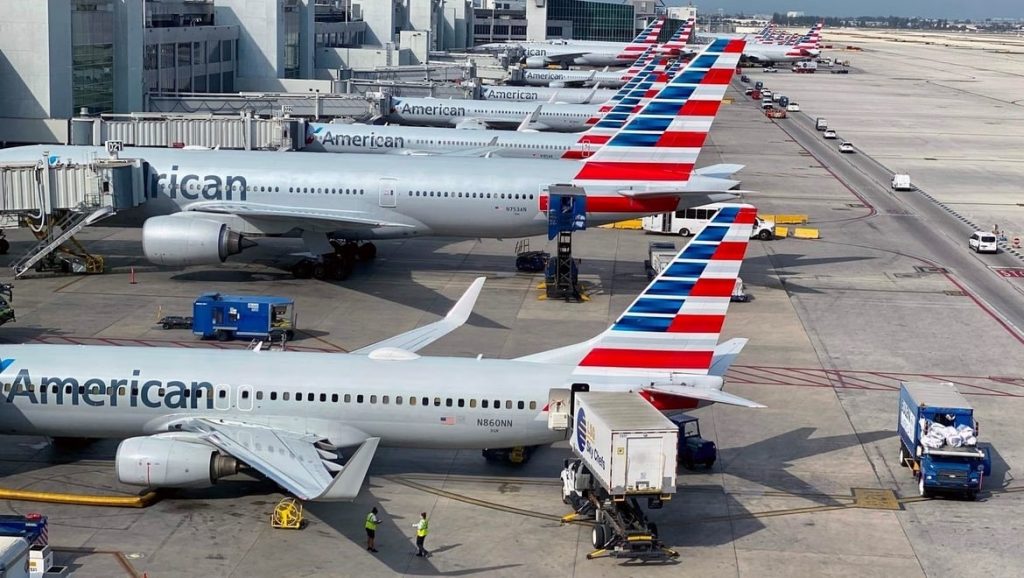
The number of passengers at US airports has fallen to less than 100,000 a day – a drop of 96 per cent from last year and on a par with levels last seen in 1954.
On 8 April, the US Transportation Security Administration (TSA) screened 94,931 people at US airports, including airline crew members and people still working in airport shops.
The 1950s were the golden years of commercial aviation in the US. The De Havilland Comet, the first commercial aircraft, was just a few years old, and Boeing was testing its iconic narrow-body jet 707.
The passenger numbers grew nearly every year until 2001 because air travel was safer and more affordable.
After the terror attacks on September 11, 2001, flights were suspended for several days and it took time to get people back on planes. There had been no growth in passenger numbers until 2003.
The recovery could be even longer this time. More than half of the Americans say they won’t get on a plane within six months due to the ongoing global pandemic, according to polling firm Public Opinion Strategies.
In the best-case scenario, demand for air travel will return to pre-outbreak levels in the second half of next year, and it’s likely to be later.
“The falloff is amazing to see,” said Henry Harteveldt, a travel industry analyst. The good news is that it shows people are taking shelter-in-place orders seriously.”
Airlines were forced to cancel most of their flights due to lack of demand and proposed travel restrictions. But even with far fewer flights, the planes fly with almost empty seats.
Last month, the US government announced a $ 50 billion bailout package to rescue distressed airlines. Delta Air Lines loses $60 million a day while United’s losses reached $100 million a day. All the leading US carriers have applied for financial aid from the federal government to survive.
Insiders told Reuters news agency that 90 per cent of the money will go to the six largest companies: American, United, Delta, Southwest, JetBlue, and Alaska.
Despite the government aid, airlines will come up even more shrunk when the pandemic ends.
Article courtesy of Airlinerwatch.com.










